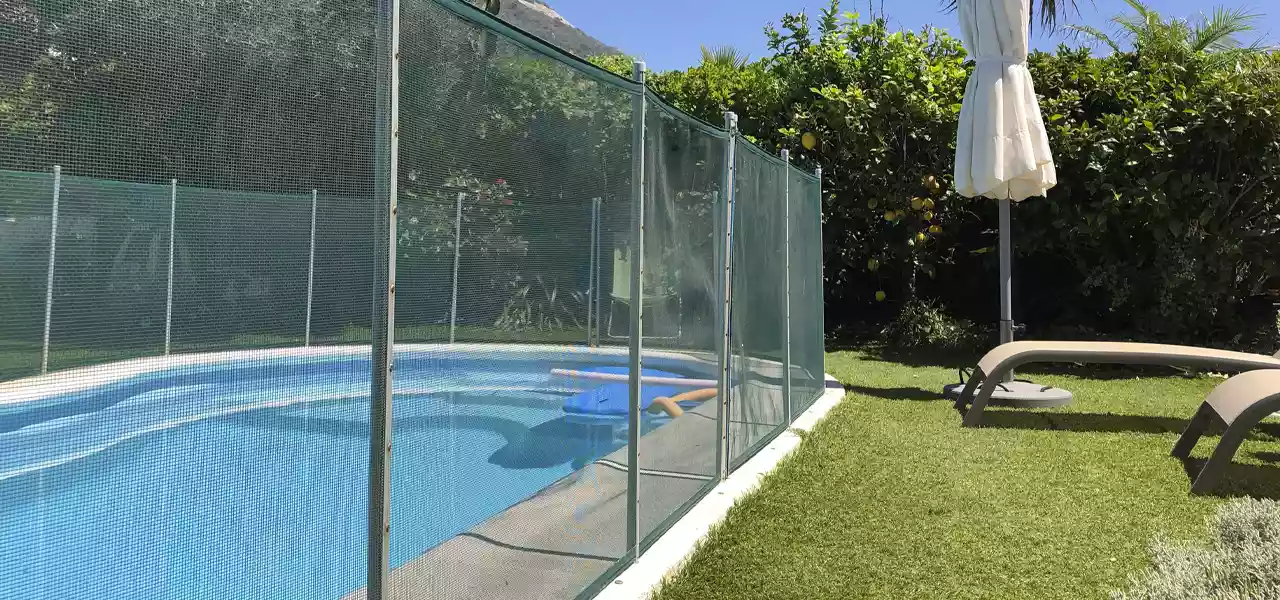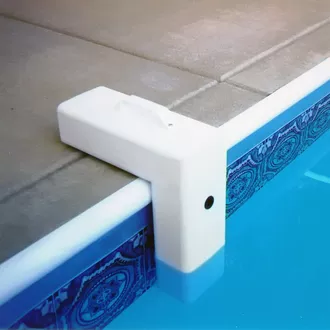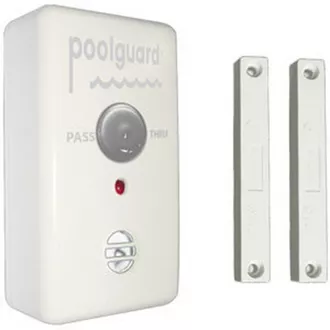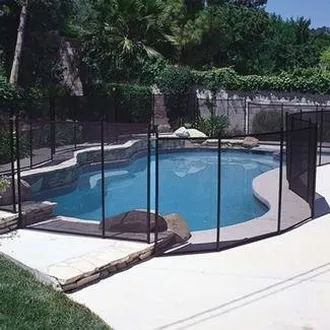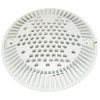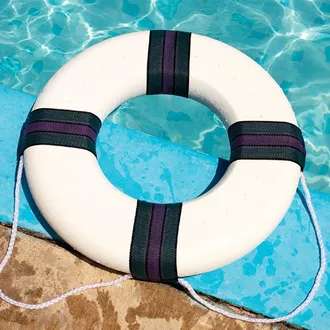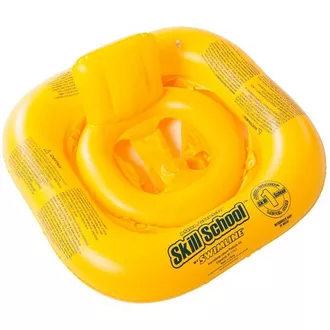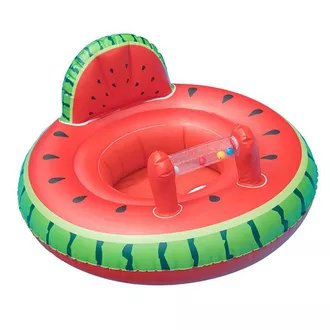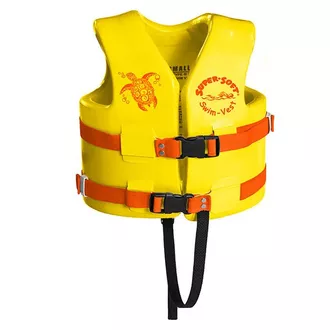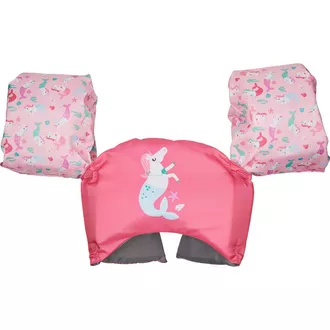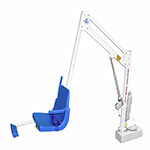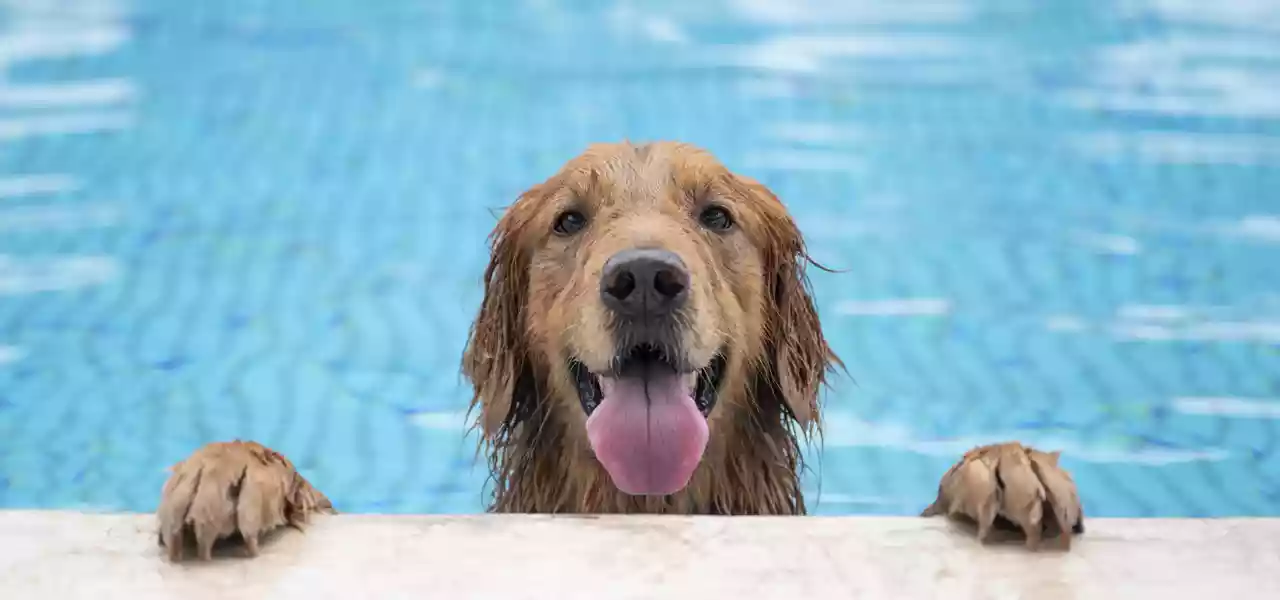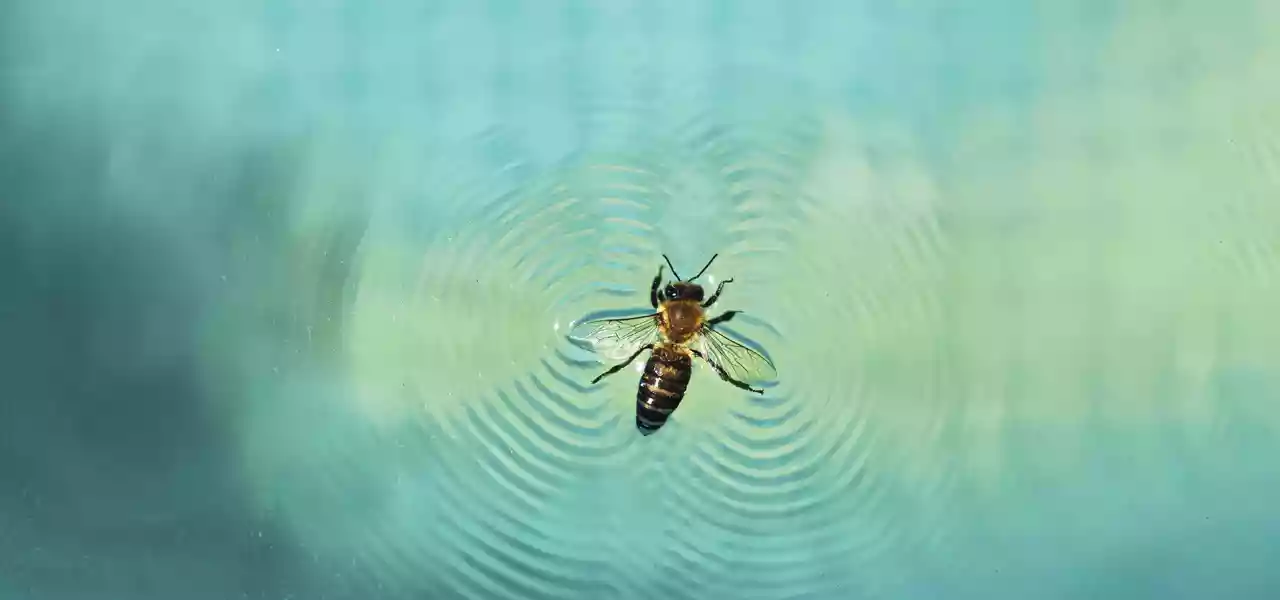There are many words people associate with swimming pools. Words such as chlorine, summer, goggles, and of course, safety. Chances are, if you’ve ever been to a pool, especially a public one, you probably noticed signs everywhere listing the pool safety rules. While having fun is usually everyone’s main goal at a pool, this post will show you why pool safety should always be the number one priority. This pool safety checklist will show you how to make your pool area the safest it can be.
1. Pool Access
When determining the safety level of your pool, the first thing to look at is how accessible your pool is. Can anyone simply walk into your backyard and cannonball right into your pool? Or do you have safety measures like a fence or cover put in place?
Pool Fence
The first line of defense in keeping unwanted people out of your pool is a pool fence. Whether you have an above ground or inground pool, a locking fence provides safety and peace of mind to pool owners. Pool fences are ideal for families with young children, who are notorious for sneaking into places they shouldn’t be. Additionally, fences help keep pets and other animals from falling into your pool.
Backyard Fence
Even if your swimming pool has a safety fence, adding a locking perimeter fence around your backyard offers another layer of security. A sturdy, locked fence will turn unwanted visitors away before they have a chance to get to your pool.
Safety Pool Cover
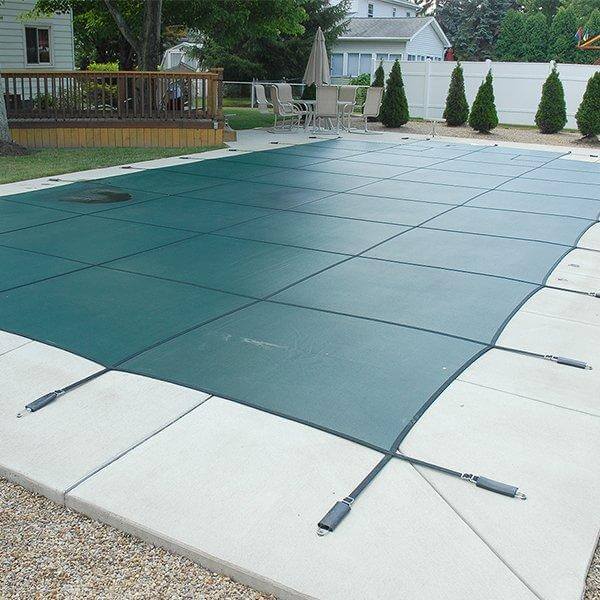
During the warm summer months, your pool is a popular place for people to gather and have fun. And even when you’re not swimming, you’re likely to spend much more time outside enjoying the warm weather. But when winter hits and you’d rather stay bundled-up inside, are you still monitoring your pool?
Chances are, like most people, your pool receives less attention, and therefore less supervision, during the off-season. Which is why a safety pool cover is so important. Since you’re less likely to spend time outdoors by your pool in the winter, using a cover is a great way to increase pool safety, even when you’re not checking it as frequently.
2. Safety Equipment
Having rescue equipment around your pool area can make all the difference during a pool emergency. From flotation devices to your cellphone, there are a number of items to always keep within arms reach whenever people are in your pool.
Flotation Devices
While we hope you never have to rescue a struggling swimmer in your pool, being prepared and having the right flotation devices on hand can save their life, and yours. It sounds counterintuitive, but the last thing you want to do when someone is drowning is get into the water with them. A struggling swimmer will go into panic mode and grab on to anything they can to stay afloat, which could be you if you try to save them yourself.
Instead, stick to the “Reach or Throw, Don’t Go” technique — stay on land and throw them a flotation device, like a safety ring, shepherd’s crook, or even a pool float. Once they grab the device, you can safely pull them to the edge of the pool and help them out. Check out our blog post, National Water Safety Month, for more information on how to recognize drowning and proper rescue techniques.
EXPERT TIP: “Reach or Throw, Don’t Go” typically applies to situations where the struggling swimmer is the same size or larger than the rescuer. If the person drowning can overpower you, do not get into the water with them. However, if the victim is a child or someone much smaller than you, we strongly encourage you to enter the water and help them.
Additionally, ensure that any kid’s life vests have the proper certification before using them in your pool. Only U.S. Coast Guard approved life vests should be used, as they are specially tested and designed to prevent drowning. While the cute arm floaties at the grocery store might look adorable on your child, they may not save them in an emergency situation.
Alarms
Every pool should have a pool and gate alarm, especially if there are children in the house. Pool and gate alarms save countless lives every year, and are required in many jurisdictions for good reason. Kids are crafty, and will try anything to get to the toys and places they like. For a relatively small investment, the peace of mind pool alarms provide is priceless.
Cellphone
In this day and age, having your cellphone on you at all times is almost a given. But when people are around water, having fast access to emergency services is vital. While we don’t recommend taking your phone in the pool, keep one nearby in case the unfortunate happens and you need to call 911.
3. Water Chemicals
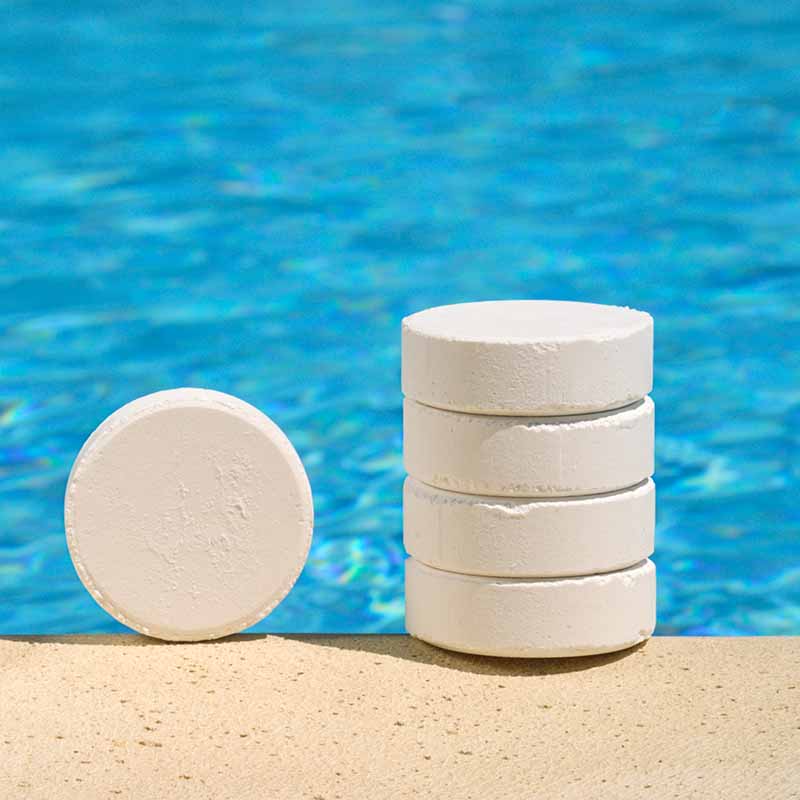
Pool water chemicals are a necessary part of keeping your pool clean and healthy, but they can be harmful if not handled properly. Always follow label directions carefully, and never add chemicals to the water when people are swimming.
When chemicals are not being used, store them in a cool, dry area away from kids and pets. If you need to dispose of pool chemicals, call your local fire department, non emergency police, or municipality. They can guide you on how to properly dispose of unwanted pool chemicals.
4. Deck and Patio Safety
Many pool accidents happen before the swimmer even goes into the pool. Check your patio or deck for areas that could cause injuries, like uneven deck sections, or broken pool skimmer lids. If you see something on your deck is broken or missing, repair it quickly to avoid accidents. Additionally, pool toys, cleaning equipment, and other items should all be stored away from the pools edge so they are not tripping hazards.
5. Pool Equipment

Keeping your pool equipment in good working order isn’t just for the health of your pool. A damaged or broken pool pump or filter will lead to dirty, unsanitary water that harbors bacteria and other contaminants. Inspect your pool equipment regularly to ensure everything is in top notch shape.
Furthermore, check accessory equipment like pool ladders and diving boards for loose screws or damaged parts. Nothing will ruin a pool party faster than someone cutting their foot on a broken ladder rung!
Swimming pools are a place to have fun, make memories, and enjoy the fresh outdoors. But before the fun begins, take some time to ensure your pool is as safe as it can be. If you stick to the suggestions in our pool safety checklist, you will have the most fun, and the safest, pool this summer!

